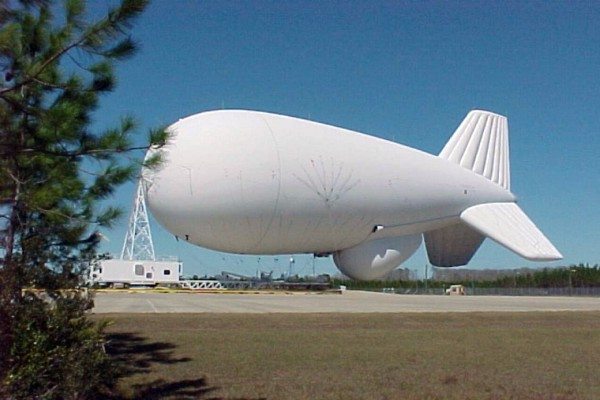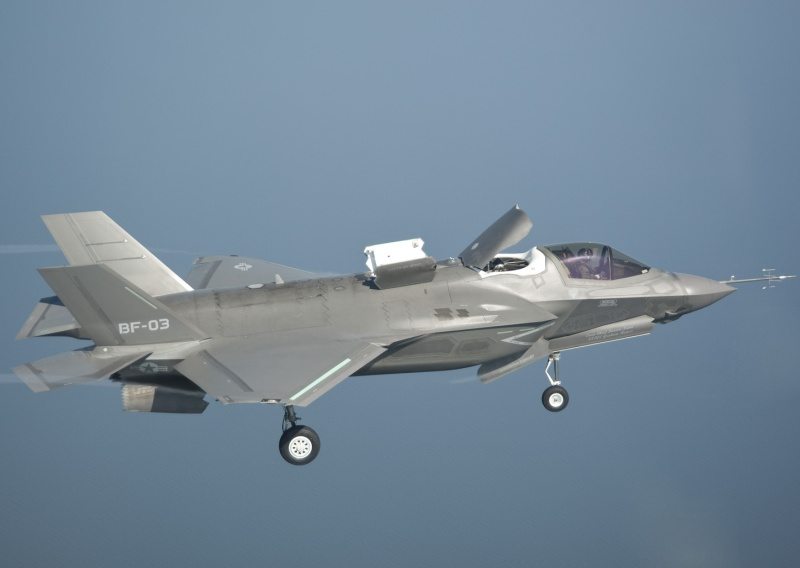Swarming boats operating in highly-trafficked strategic waterways will soon be easier to detect, target and engage. During a recent test, a Raytheon Company JLENS simultaneously detected and tracked double-digit swarming boats, hundreds of cars and trucks, non-swarming boats and manned and unmanned aircraft.
The swarming boats, similar to swarming boats in the inventories of hostile navies in high-threat regions of the globe, simulated a real-world scenario with a series of tactical maneuvers at low and high speeds. The aircraft and other vehicles JLENS tracked were similar to the other kinds of systems that might operate in the vicinity of busy vital waterways.
“This test proved JLENS can help keep important chokepoints free from the growing threat of swarming boats by detecting them from hundreds of miles away in a congested environment, enabling commanders to take appropriate action,” said David Gulla, vice president of Global Integrated Sensors for Raytheon’s Integrated Defense Systems business. “This success, which comes on the heels of a JLENS-enabled intercept of an anti-ship cruise missile, demonstrates that JLENS is ready to deploy for a Combatant Commander operational evaluation.”
JLENS, an elevated, persistent over-the-horizon sensor system, uses a powerful integrated radar system to detect, track and target a variety of threats. This capability better enables commanders to defend against threats, including hostile cruise missiles, low-flying manned and unmanned aircraft, and moving surface vehicles such as boats, automobiles and trucks; and provide ascent phase detection of tactical ballistic missiles and large caliber rockets.
“JLENS’ 360-degree long-range surveillance capability expands the battlepsace because JLENS can simultaneously detect and engage threats like swarming boats and anti-ship cruise missiles from up to 340 miles away,” said Dean Barten, the U.S. Army’s JLENS program manager.
A JLENS system, referred to as an orbit, consists of two tethered, 74-meter aerostats connected to mobile mooring stations and a communications and processing group.
The aerostats fly as high as 10,000 feet and can remain aloft and operational for up to 30 days.
One aerostat carries surveillance radar with 360-degree surveillance capability; the other aerostat carries a fire control radar.
According to research conducted by the U.S. Army’s JLENS Product office, the cost of operating large, fixed-wing surveillance aircraft is 5-7 times greater than the cost of operating JLENS. The JLENS surveillance radar can simultaneously track hundreds of threats; the fire control radar can simultaneously target dozens of threats.











